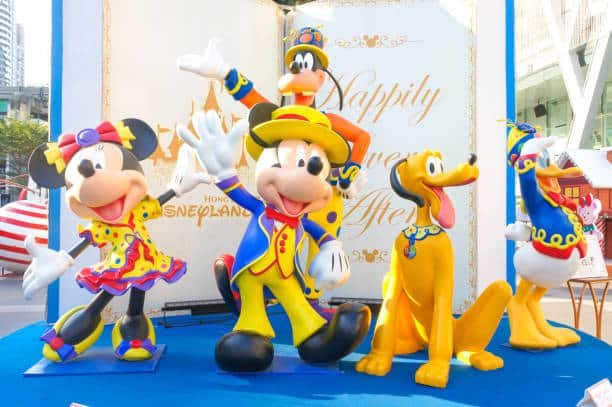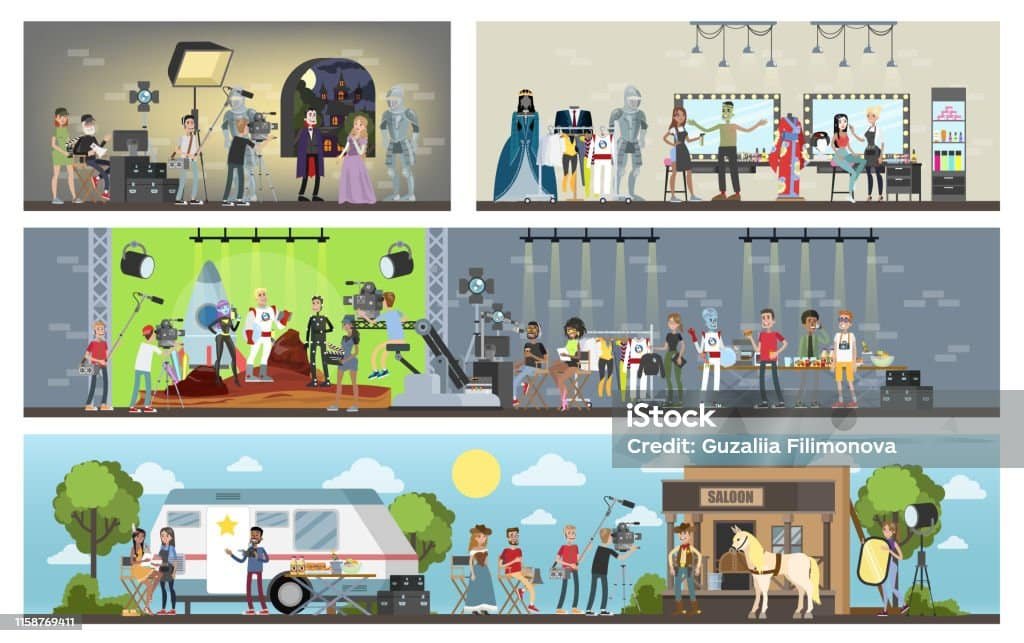The Role Of Disney In Shaping US Entertainment Culture
Role Of Disney, the entertainment giant founded in 1923 by Walt Disney and Roy O. Disney, has played an undeniable and influential role in shaping U.S. entertainment culture. From its humble beginnings as a cartoon studio to its rise as a global multimedia conglomerate, Disney has consistently been at the forefront of entertainment, influencing generations through films, theme parks, television, and even technology.
The Birth of Disney Magic: The Early Years
Disney’s impact began with its innovative approach to animation, particularly with the creation of Steamboat Willie (1928), which introduced the world to Mickey Mouse. This marked the start of Disney’s rise as a cultural force. The company’s early feature films, such as Snow White and the Seven Dwarfs (1937), Pinocchio (1940), and Fantasia (1940), set new standards in animation and storytelling. These films introduced iconic characters and enchanted audiences, establishing a foundation for future generations of entertainment.
By pushing the boundaries of animation and sound technology, Disney became the leader in the animated film industry. This allowed Disney to carve out a unique space in American entertainment, where its imaginative creations appealed not only to children but to adults as well, fostering a widespread cultural phenomenon.

Disney’s Expanding Influence: Television and Theme Parks
In the 1950s, Disney expanded its reach by venturing into television with shows such as The Mickey Mouse Club and The Wonderful World of Disney. These programs further entrenched Disney’s presence in American homes, creating a strong emotional connection between the brand and its audience. Disney also introduced the first Disneyland theme park in 1955 in Anaheim, California, marking a new era in entertainment and leisure. With its immersive storytelling and fantastical attractions, Disneyland revolutionized the theme park industry and solidified Disney’s role in shaping family entertainment.
Disney’s foray into television and theme parks helped it to reach a broader demographic, creating a family-friendly brand that transcended the film industry. It allowed the company to build an interconnected world of stories, characters, and experiences that became ingrained in American popular culture.
The Role Of Disney Renaissance and Modern Expansion
The 1980s and 1990s marked the Disney Renaissance, a period of revitalization for the company, with hit films such as The Little Mermaid (1989), Beauty and the Beast (1991), The Lion King (1994), and Aladdin (1992). These films not only enjoyed critical and commercial success but also set new standards for animation, music, and storytelling. Disney’s rise during this period coincided with the rise of home video and cable television, which allowed their films to reach new audiences and be passed down to the next generation.
Moreover, Disney’s acquisition of Pixar in 2006, followed by its acquisition of Marvel (2009) and Lucasfilm (2012), solidified the company’s dominance in the entertainment industry. The creation of the Marvel Cinematic Universe and the expansion of the Star Wars franchise exemplified Disney’s ability to develop blockbuster franchises that could be monetized across multiple platforms, including film, television, and merchandise. Disney’s strategic acquisitions and the growth of its digital presence through Disney+ have made it a major player in the global streaming industry, further demonstrating the company’s role in shaping modern entertainment culture.
Disney’s Cultural Impact: Diversity and Representation
One of the most significant aspects of Disney’s influence has been its evolving approach to diversity and representation. Early Disney films were criticized for their lack of representation and cultural sensitivity. However, over the years, Disney has made strides in diversifying its characters and stories. Films such as Mulan (1998), The Princess and the Frog (2009), Moana (2016), and Encanto (2021) reflect the company’s growing commitment to telling stories from diverse cultural perspectives and providing role models for children of all backgrounds.
Disney’s incorporation of more inclusive narratives has resonated with audiences, reflecting the changing social landscape of the United States. As Disney continues to embrace diverse voices and perspectives, it strengthens its cultural relevance and reinforces its role in shaping not only U.S. entertainment culture but also global culture.
Also Read : The Most Iconic Concerts in US History
Conclusion: The Enduring Legacy of Disney
Disney’s legacy in shaping U.S. entertainment culture is undeniable. The company’s contributions to animation, television, film, theme parks, and digital media have transformed how we experience entertainment. From its early days as a cartoon studio to its current position as a multimedia powerhouse, Disney has consistently defined and redefined popular culture in the United States. The company’s ability to adapt to technological advancements and shifting societal trends has allowed it to maintain its cultural relevance for nearly a century.
Moreover, Disney’s emphasis on family-friendly storytelling, inclusivity, and innovation has cemented its place as a central figure in American entertainment. As Disney continues to evolve, its role in shaping U.S. entertainment culture will remain influential for generations to come.
Frequently Asked Questions (FAQs)
How is Disney addressing diversity in its films and TV shows? Disney has made significant strides in diversifying its characters and stories, with films like Moana, Mulan, and Encanto reflecting a commitment to more inclusive and culturally sensitive storytelling.
How did Disney start its journey in the entertainment industry? Disney began as an animation studio in 1923, with the creation of Steamboat Willie, introducing the iconic character Mickey Mouse. This film marked the start of Disney’s journey to becoming a cultural phenomenon.
What are some of Disney’s most iconic films? Some of Disney’s most iconic films include Snow White and the Seven Dwarfs, The Lion King, Beauty and the Beast, Aladdin, and Frozen.
How did Disney impact the theme park industry? Disney revolutionized the theme park industry by opening Disneyland in 1955, creating immersive, themed attractions based on its films and characters, setting the stage for the modern theme park experience.
What is the significance of Disney’s acquisitions of Pixar, Marvel, and Lucasfilm? These acquisitions allowed Disney to expand its portfolio, creating powerful franchises like the Marvel Cinematic Universe and Star Wars. They also helped Disney dominate the global film and entertainment industry.
